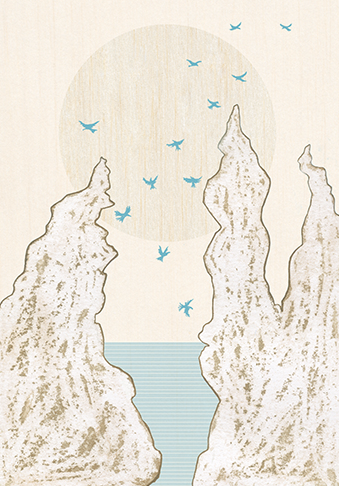A Sacred Landscape: an enquiry into the 'cubas' of southern Portugal
Keywords:
Portugal, Architecture, Islamic, Buildings, Art, Iberia (Kingdom), DomesAbstract
The purpose of this article is to study cubas – small architectural structures known for their whitewash-painted domes – and specifically, those located in the kûra of Beja in Portugal. Although we can pinpoint the existence of many of these buildings in the Beja territorial area, many questions remain about them, such as: What was the purpose of the cubas-? When were they built? What is their origin?In order to try and answer these questions, I will be following two methods of analysis. First, I will focus onthe correlation that exists between these buildings and the landscape in which they are located. This can shed some light on the rationale behind their construction and the purpose of this type of structure.Secondly, I willanalyse the buildings themselves – with special attention being given to metric and structural analysis – in order- to clarify the period in which they were constructed and the origin of their architectural typology.By means of this project I also aim to raise awareness, both within the academic community and amongst political decision-makers of the existence of these buildings and their importance for an understanding of Iberian-Islamic culture. Perhaps this will eventually inspire political action that will lead to the development of policies to ensure the preservation of this important part of our architectural and cultural heritage.
Section
Articles
Published
2014-12-08
How to Cite
Ferro, L. (2014). A Sacred Landscape: an enquiry into the ’cubas’ of southern Portugal. Approaching Religion, 4(2), 51–9. https://doi.org/10.30664/ar.67549
Copyright (c) 2014 Luís Ferro

This work is licensed under a Creative Commons Attribution-NonCommercial-NoDerivatives 4.0 International License.









